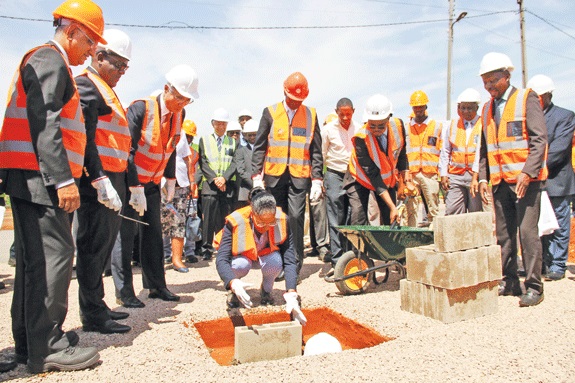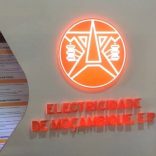Mozambique: TotalEnergies may resume LNG project by mid-year - AIM
First stone laid for combined cycle power station in Maputo

Noticias
Mozambique’s Minister of Mineral Resources and Energy, Leticia Klemens, on Thursday laid the first stone in a combined cycle power station in Maputo, fired by natural gas.
A combined cycle power station uses both a gas and a steam turbine together to produce up to 50 percent more electricity from the same fuel than a traditional simple cycle plant.
The gas to feed the new station will come from the Pande and Temane gas fields in the southern province of Inhambane. When the new power station is complete, in August 2018, it will be capable of generating 106 megawatts of electricity.
At the ceremony, Mateus Magala, the chairperson of Mozambique’s publicly owned electricity company, EDM, said that the new power station will cost about 180 million US dollars.
The Japanese International Cooperation Agency (JICA) is providing a soft loan of 167 million dollars. The loan carries an interest rate of 0.01 per cent a year, and should be repaid over 40 years, including a grace period of ten years. The remaining 13 million dollars, Magala said, comes from EDM’s own funds.
As well as the construction costs, the financing covers the training of EDM staff in how to operate and maintain the equipment, as well as six years of maintenance services provided by the manufacturer.
“This will be the first combined cycle power station in the country”, said Magala. “It ensures a more efficient use of our energy resource, natural gas, adding more value and reducing emissions”.
Magala said that this type of power generation helps preserve the environment and contributes to sustainable economic development.
The new power plant, plus the continuing rehabilitation of EDM’s hydro-electric power stations at the Chicamba and Mavuzi dams in the central province of Manica, will boost EDM’s own power generating capacity from the current 206 megawatts to around 315 megawatts by mid- 2018.
Most of the power distributed by EDM, however, does not come from its own power stations, but is purchased from HCB, the company that operates the Cahora Bassa dam on the Zambezi river. HCB’s maximum capacity is 2,075 megawatts, but most of this is sold to South Africa.
New generating capacity is urgently needed since, according to Magala, Mozambique’s growth in electricity consumption over the past five years has been running at an average of 12 per cent a year (the highest in southern Africa). To respond to this demand Mozambique needs to increase its generating capacity by 100 megawatts a year.
Klemens said that the new power plant will be the most efficient in southern Africa, and will contribute to the security of electricity supply to the largest centre of power consumption in the country, the cities of Maputo and Matola.
JICA representative Katsuyoshi Sudo said the station will provide a greater supply of good quality and reliable electricity to Maputo city and province. The Japanese combined cycle technology, he added, will increase efficiency and substantially reduce carbon dioxide emissions.
The combined cycle cuts out waste. The fuel, natural gas, is burnt in gas turbines, and the resulting heat then drives a steam turbine, recovering around a third of the energy that would otherwise be lost to the atmosphere.













Leave a Reply
Be the First to Comment!
You must be logged in to post a comment.
You must be logged in to post a comment.